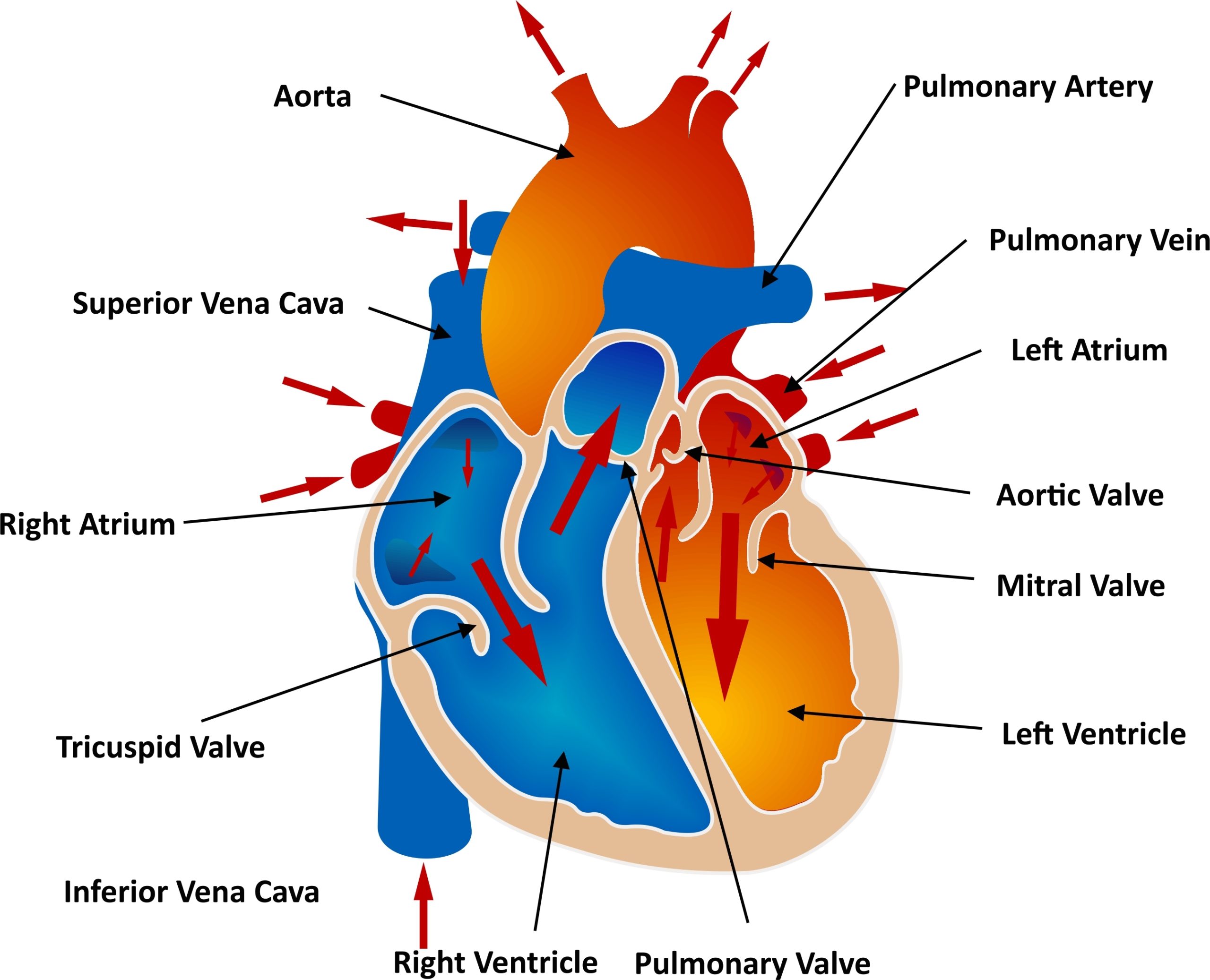
In JACC: Clinical Electrophysiology, researchers reported that inferior vena cava (IVC) triggers for atrial fibrillation (AF) could be identified and safely removed with focal radiofrequency ablation. The lead author, Zhenning Nie, and colleagues noted that ectopic heartbeats originating from the IVC were characterized by narrow ectopic P-wave duration and negative ectopic P waves in all inferior leads.
This study comprised 661 patients who underwent initial pulmonary vein isolation (PVI) ablation for paroxysmal AF. Subsequent ectopic beats that triggered AF were further evaluated with activation mapping, angiography, and electrocardiographic analysis.
Non-Pulmonary Vein Triggers in AF Ablation
A total of 6 patients (0.91%) with IVC-triggered AF were identified. According to the report, the mean distance from the earliest activation site to the IVC ostium was 6.8 ± 2.5 mm (95% CI, 5.2-11.2), and all ectopic foci were within the apical hemisphere of the IVC, 3 each on the septal and anterior sides.
In follow-up ectopic ablation, the investigators used 2.3 ± 0.5 applications of radiofrequency energy to eliminate IVC triggers. Additionally, ectopic P waves had a mean duration of 91.2 ± 11.2 milliseconds (95% CI, 81-108), which the authors noted was narrower than the sinus P-wave mean duration of 115.2 ± 19.3 milliseconds (95% CI, 87-139; P=.002). Notably, all 6 patients remained arrhythmia free without antiarrhythmic drugs over the mean follow-up of 25.5 ± 7.3 months.
Nie and colleagues concluded that IVC triggers, “a rare but latent source of paroxysmal atrial fibrillation,” were effectively treated with focal radiofrequency ablation in patients with AF who underwent PVI.
Find More Atrial Fibrillation Research and Expert Interviews at the DocWire News Knowledge Hub







 © 2025 Mashup Media, LLC, a Formedics Property. All Rights Reserved.
© 2025 Mashup Media, LLC, a Formedics Property. All Rights Reserved.